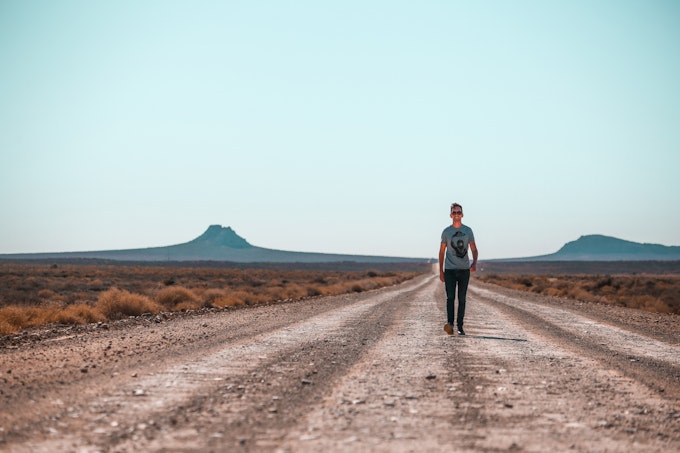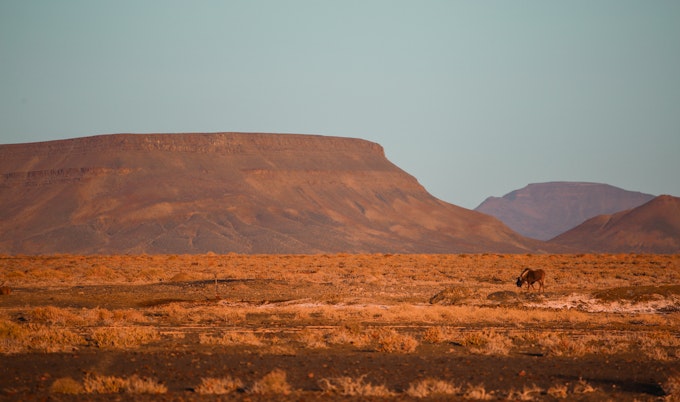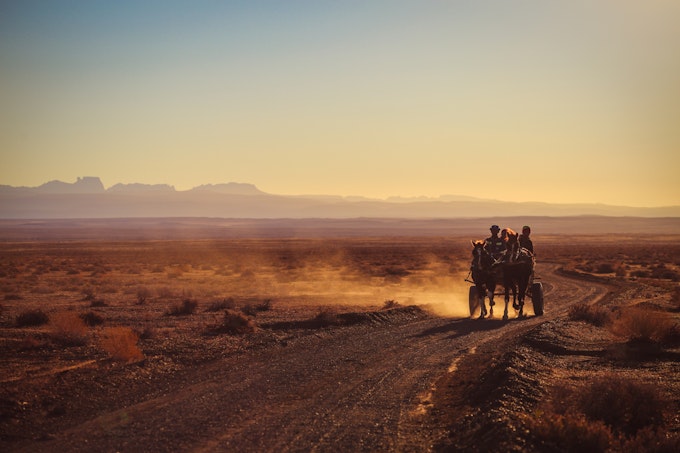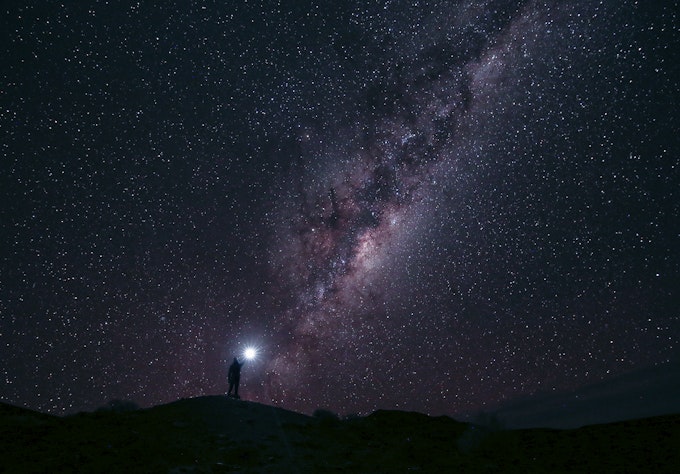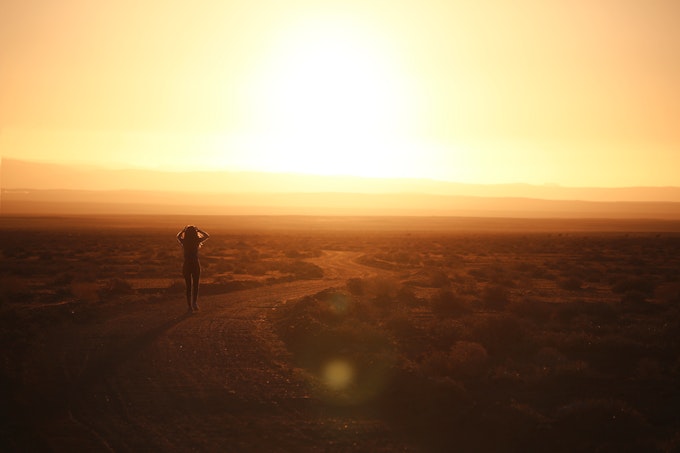Why the Karoo Is a “Must-Do” for Anyone Visiting South Africa
We are drawn to minimalist landscapes and here is why.
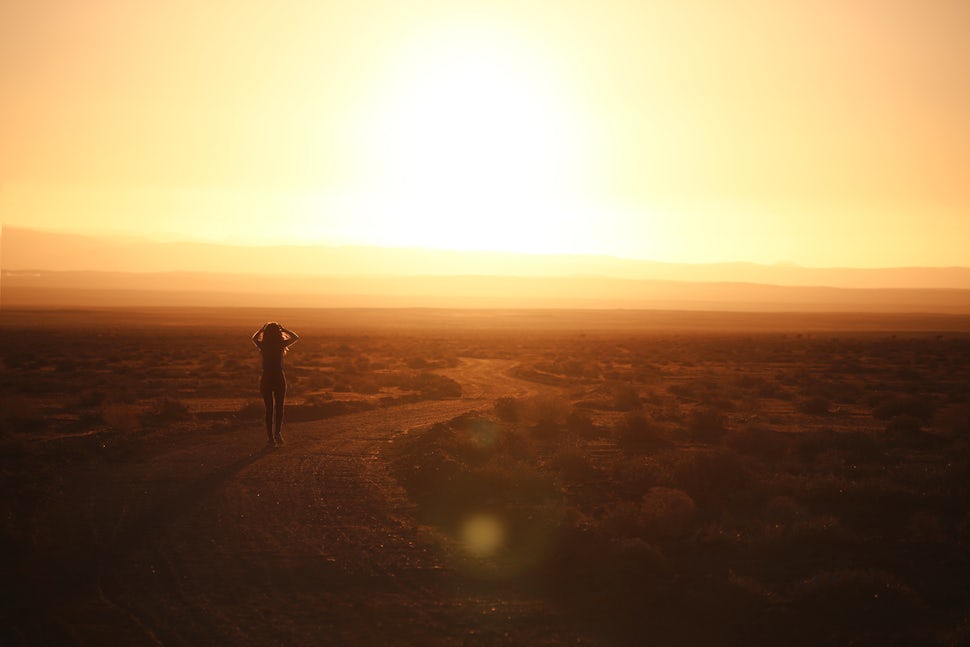
We are HUGE fans of deserts. Desserts too, but I’ll save that for another post. Let’s talk about the dusty, red, perfect-for-a-minimalist-shot landscape that has left many adventurers gasping for air.
Although we haven’t (technically) seen many in the flesh…hmmm, as I recall now, only four come to mind – the Namib in Namibia, the Sonoran in Arizona, most recently the tropical desert in Ica, Peru, and the sacred semi-arid desert in our home country South Africa – the Tankwa Karoo (which this post is dedicated to).
I had never been to the Karoo before this trip. Stevo went back in 2014 as part of a photoshoot for one of his ad clients. They needed a space that had nothing surrounding it, and well, the Karoo is as close to solitude as you’ll get in South Africa. He’s often spoken about this part of the country with yearning – to show me, perhaps, what he’d experienced – but also to enjoy South Africa in a different light. Because now that I have been, I am entitled to say this: you really do experience a different South Africa when you’re out in the Karoo. It’s just sheer silence, where wild animals roam (at least those that can handle the heat), and the only thing you can really hear is wind; wind blowing dust and dirt in delicate spirals that appear to move like dancers. It’s quite tranquil.
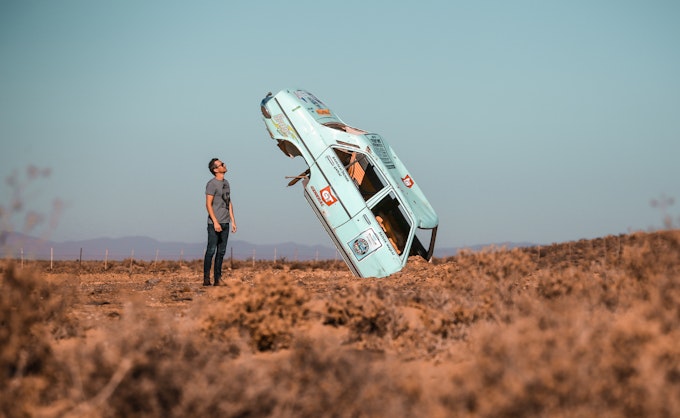
With the exception of the annual Afrikaburn (what you could call SA’s own Burning Man festival) this part of the country doesn’t host many people normally. Just over 71,000 people are said to live in the Karoo, and when you consider the grand size of it, that’s nearly enough to have 5 people for every square kilometre…and trust me, you feel it.
We drove for 18km off the main road, just to get to our gorgeous self-catering desert cottage (um yes, that’s a pretty long driveway – we thought so too). Once we’d arrived, we were greeted by an array of farm animals (as Skoorsteenberg is in fact a working farm), the lovely co-owner, Nana, and her lively two dogs. What we could immediately sense, though, is that even though we were very much in the middle of nowhere, we would enjoy the comforts of home, and do so completely off the grid, as the cottages are proudly self-sustainable in every way (and even have hot water bottles, because cold desert nights).
Deciding to use our time here to unplug (those times in Sweden and Cambodia clearly left a lasting impression on us), we spent the mornings making delicious food, the days exploring the open plains, the sunsets enjoying drinks and braais (South African for ‘barbecue’), and the evenings with the Milky Way (which, as you can imagine, is 10,000 times more exquisite in the desert, away from the light pollution of big cities).
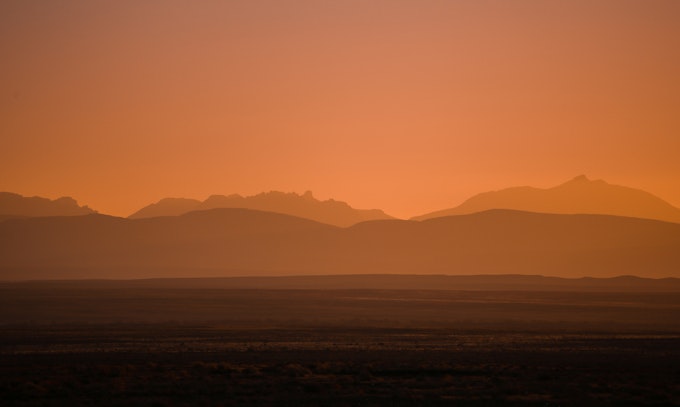
As you already know that we are fans of deserts, it won’t surprise you to hear that we would go back in a heartbeat.
Would we rather take a 4×4 next time, though (and not our little Daihatsu that we borrowed from Steve’s Mom)? Um, yes. Although we got there fine in the little car, we were forced to drive at an average of 30km/h (approx 18.6 miles per hour) to avoid damaging the little guy on the corrugated dirt roads.
Would we describe the experience as a “must-do” for anyone visiting South Africa? Another firm yes, as we believe that experiencing a country’s untouched natural environment is really the best (and only) way to judge its beauty.
We want to acknowledge and thank the past, present, and future generations of all Native Nations and Indigenous Peoples whose ancestral lands we travel, explore, and play on. Always practice Leave No Trace ethics on your adventures and follow local regulations. Please explore responsibly!
Do you love the outdoors?
Yep, us too. That's why we send you the best local adventures, stories, and expert advice, right to your inbox.


